help with my huge backyard
Annika Puckering
3 years ago
Featured Answer
Sort by:Oldest
Comments (49)
arcy_gw
3 years agoYardvaark
3 years agolast modified: 3 years agoRelated Discussions
Huge Phx Backyard on Canal, Nearly Blank Slate
Comments (5)You're wise to forget the wood fence, especially along the canal. My first bit of advice is to run, don't walk, to nurseries and buy Lady Banks roses for that stretch of chainlink fence. At least two of us - me and Mary McP - are big fans of LBR's for privacy. The big plus is that they will also create an impenetrable barrier between you and mischief-makers. They do need some pruning now and then, mostly to remove suckers, but once they are established, the most they need is water - and not a lot of that. As for the section between you and your neighbor (I'm assuming this is a side fence and you actually have a neighbor there.), I'd choose other shrubs or vines. There is a huge selection of vines that will happily cover the chainlink and provide some greenery and privacy. Your challenge will be to choose one that won't invade your and your neighbor's yard. Here is a link that might be useful: All about vines...See Moreground cover for huge backyard steep slope
Comments (22)I have been doing a lot of research on plants that don't need a lot of water since we bought a 3 acre property in lake mathews, ca. Here's what I have so far...verbena rigida, creeping raspberry...both spread very fast and require little water. I will be buying these for our slopes. delosperma cooperi is similar to ice plant but very hardy and does not require as much water.... Ice plant requires a lot of water and its heavy. That is what we have currently and we will be replacing it with what I have written here. All our slopes have ice plant and we are trying to save water costs. So I will be adding those ground covers and adding water wise bushes and other plants. Snow in summer also sounds like a good plant to add. They say it spreads fast and it's very nice... I also want to add fremontodendron, it looks like a nice bush to add...since we have so much room... Any other ideas?...See MoreNew Construction House BackYard
Comments (6)Just get straight glyphosate - it doesn't have to be RoundUp specifically and there are less expensive brands of this herbicide on the market (Ferti-lome sells a product called Killzall that is less than half the price of the equivalent concentration and size of RoundUp). If you do go with the RoundUp, just select the Weed and Grass Killer - no need for any other additions to the mix. As I noted previously, you may very well need several applications and it is suggested to allow at least 2 weeks after the last treatment before reseeding. And it is too early to reseed - too hot and too dry for most northern, cool season grasses to germinate well. Generally, the ideal time for fall seeding is early fall - September to early October, depending on your specific climate. And any cool season turf grass blend recommended for your area is fine. Most independent garden centers - not the box stores - will have blends that are appropriate for your area....See MoreHow to get rid of goatheads/stickers in huge backyard?!
Comments (11)I've stepped on those in my bare feet and I'd say it's a weed worth battling and pulling out the stops for. I could not tolerate anything like that or poison ivy on my property. I don't have experience with eradicating that particular weed, but if it needs more help than Round-up alone, don't hesitate to mix a weedkiller with 2,4-d (such as Weed-B-Gone) and spray them both at the same time. As another contributor said, most weeds will require persistence. There is resprouting, if perennial and from seeds dumped in earlier years. I would get it under total control before planting grass because I know this weed can exist in mowed lawns. U can use power company mulch in the meanwhile....See MoreVan Zelst Inc
3 years agoYardvaark
3 years agoEmbothrium
3 years agoHOWARD Martin
3 years agoYardvaark
3 years agoAnnika Puckering
3 years agoAnnika Puckering
3 years agoAnnika Puckering
3 years agoYardvaark
3 years agogardengal48 (PNW Z8/9)
3 years agoYardvaark
3 years agoHOWARD Martin
3 years agoHOWARD Martin
3 years agogardengal48 (PNW Z8/9)
3 years agolast modified: 3 years agoHOWARD Martin
3 years agogardengal48 (PNW Z8/9)
3 years agoYardvaark
3 years agoHOWARD Martin
3 years agoHOWARD Martin
3 years agoHOWARD Martin
3 years agogardengal48 (PNW Z8/9)
3 years agolast modified: 3 years agoHOWARD Martin
3 years agogardengal48 (PNW Z8/9)
3 years agoYardvaark
3 years agoHOWARD Martin
3 years agogardengal48 (PNW Z8/9)
3 years agoHOWARD Martin
3 years agoHOWARD Martin
3 years agogardengal48 (PNW Z8/9)
3 years agoHOWARD Martin
3 years agoHOWARD Martin
3 years agogardengal48 (PNW Z8/9)
3 years agoYardvaark
3 years agoHOWARD Martin
3 years agoYardvaark
3 years agoAnnika Puckering
3 years agoAnnika Puckering
3 years agoAnnika Puckering
3 years agobilly3p
3 years agobilly3p
3 years agoYardvaark
3 years agofloral_uk z.8/9 SW UK
3 years agoarcy_gw
3 years agoHOWARD Martin
3 years agoAnnika Puckering
2 years agoAnnika Puckering
2 years ago
Related Stories

HOUZZ TVA New Backyard Oasis Helps a Military Lawyer Cope With Her PTSD
In a new episode of Houzz TV, the Ontario homeowner uses the site to create a relaxing retreat for herself and her dog
Full Story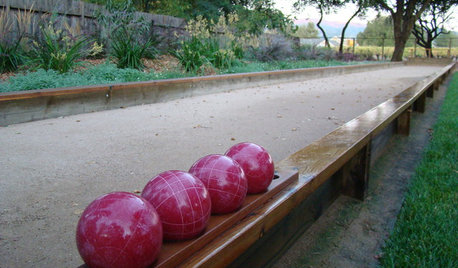
GREAT HOME PROJECTSWhat to Know About Adding a Backyard Bocce Ball Court
A regulation court in a relaxed setting helps you get the most from the Italian pastime. Here's what it takes to build one at home
Full Story
HOME OFFICESExplore a Garden Designer’s Gem of a Backyard Studio
An architect helps transform an existing garage into a home office surrounded by beauty
Full Story
HOUZZ TVSee an Eco-Friendly Backyard Cottage in 700 Square Feet
In this video, watch how a green builder helps a Seattle couple create an energy-efficient home inspired by Houzz photos
Full Story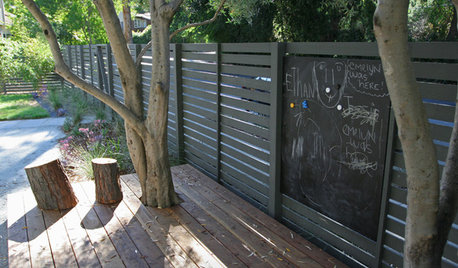
GARDENING AND LANDSCAPINGBackyard Play Spaces That Put Kids Front and Center
Skip the trip to the playground. These kid-friendly outdoor spaces will help your little ones burn off energy without leaving home
Full Story
DECKSMultilevel Deck Rejuvenates a Backyard Entertaining Space
An improved flow helps create a pleasing outdoor party area for a former chef and his family
Full Story
GARDENING AND LANDSCAPINGRaise Backyard Chickens Without Ruffling Neighbors' Feathers
Before you build a coop in the backyard, follow these strategies to help keep your neighbors from squawking
Full Story
LANDSCAPE DESIGN10 Ways to Turn Your Backyard Into a Resort-Inspired Retreat
Luxurious accents, inviting lounge areas and twinkling lights help make a backyard feel like a vacation spot
Full Story
INSIDE HOUZZThere’s a Party in the Backyard, Says a Houzz Landscaping Survey
Entertaining, growing edibles and solving problems are goals for homeowners planning to revamp their yards
Full Story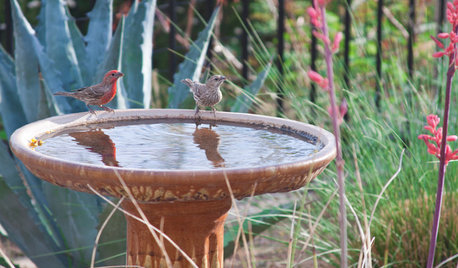
GARDENING GUIDESMake Your Garden a Haven for Backyard Birds
Create a bird-friendly habitat in your yard with food, water and shelter
Full Story




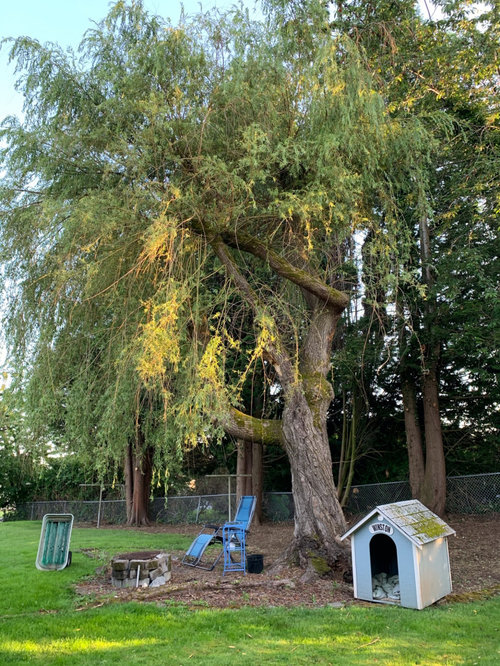
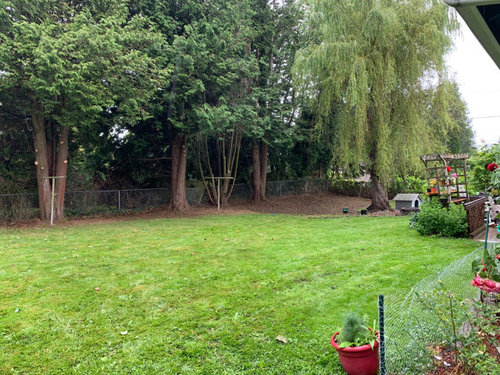
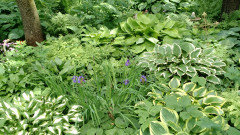


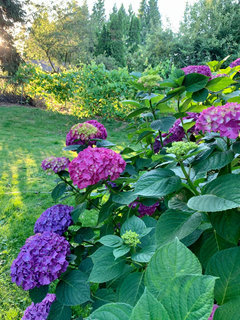
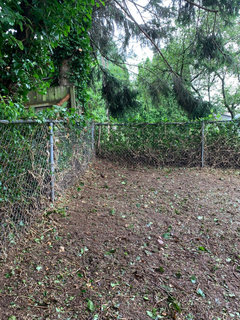
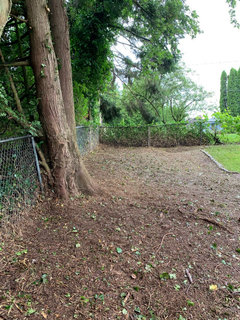
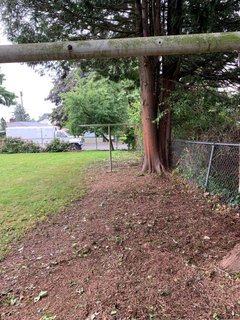
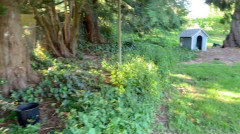
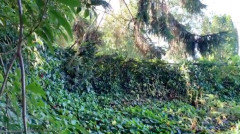

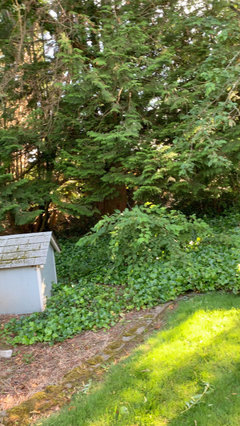
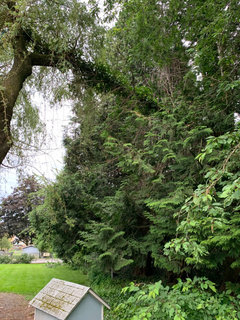

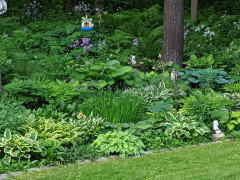

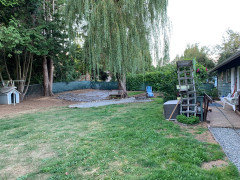

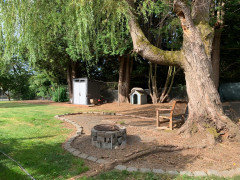
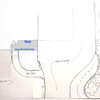


gardengal48 (PNW Z8/9)